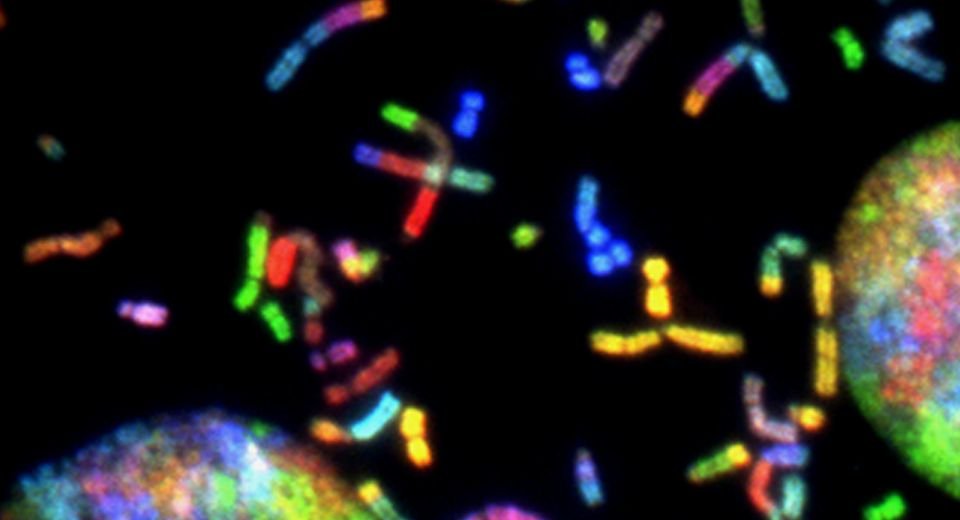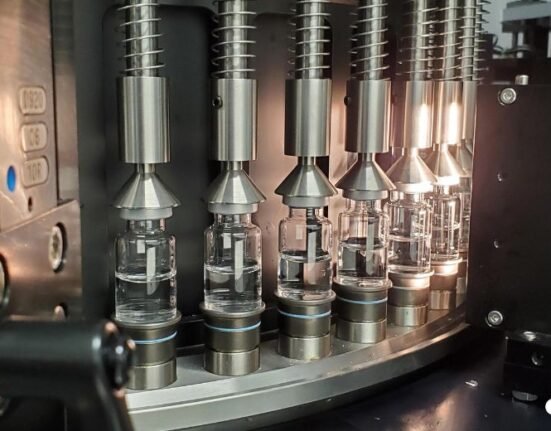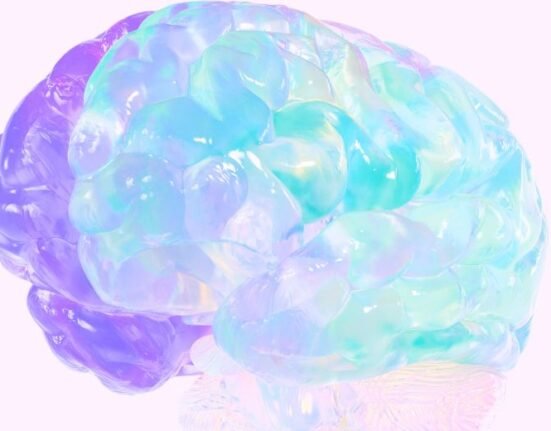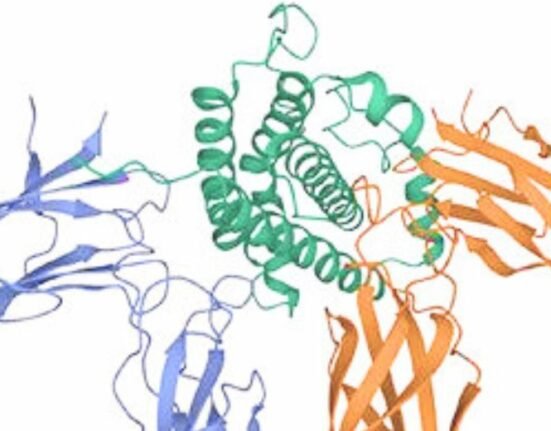HQ Team
January 2, 2023: A nanoparticle treatment has “cured” mice that had a genetic arthritis condition, according to Scripps Research, a nonprofit US medical research institution.
The scientists engineered cell-like nanoparticles that targeted the immune cells to drive an autoimmune reaction, leaving the rest of the immune system healthy.
The nanotech-based strategy can work against any autoimmune disease. A nanoparticle is a particle of matter between one and 100 nanometres in diameter.
The nanoparticles considerably delayed, and in some animals even prevented, severe disease in a mouse model of arthritis, according to the study.
Autoimmune disease happens when the body’s natural defence system can’t tell the difference between its cells and foreign cells.
Attack normal cells
It causes the body to attack normal cells mistakenly.
More than 80 types of autoimmune diseases affect a wide range of body organs, such as inflammatory bowel disease, lupus, rheumatoid arthritis, type 1 diabetes, Crohn’s disease, psoriasis, scleroderma, and multiple sclerosis.
The causes of these diseases remain a mystery. Nearly 4% of the world’s population is affected by autoimmune diseases. Autoimmune diseases represent the third most common cause of chronic illness in the United States.
Scientists at Scripps took an approach that targets the immune system more narrowly. Many autoimmune diseases are triggered or driven by immune attacks on just one protein in the patient’s body, known as a “self-antigen.”
The strategy was to eliminate or deactivate only the immune cells that attack that self-antigen. This approach could be as practical as broad immune suppression without the side effects.
Some treatments tend to suppress the immune system indiscriminately, creating an enhanced susceptibility to infections and cancers—among other side effects.
Safe, long-term treatment
“The potential advantage of this approach is that it would enable safe, long-term treatment for autoimmune diseases where the immune system attacks its tissues or organs,” said James Paulson study’s senior author.
“It uses a method that won’t cause broad immune suppression, as current treatments do.”
The strategy worked in mice as it “greatly delayed the development of arthritis signs that would normally appear a week or two later. About a third of the mice remained arthritis-free for the maximum follow-up period of 300 days.”
The scientists plan to follow up on the results with further optimisation of the nanoparticle strategy.
“We were able to ‘cure’ a third of these animals in this early demonstration, and I think there’s the potential to combine our nanoparticles with other immune modulator treatments to make it even more effective,” Paulson said.
“So that will be our next step—as well as demonstrating our technology against other autoimmune diseases caused by unwanted immune responses to a self-antigen.”








